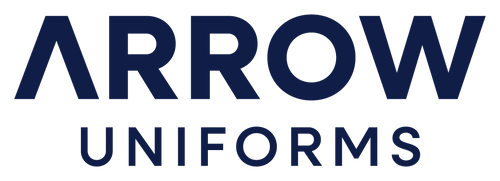Uniform procurement isn't just a line item, it's an investment in your people, your brand, and how your team performs. But without structure, costs can quickly creep beyond what was forecasted.
The good news? Staying on budget doesn't mean cutting corners. With the right systems, planning, and supplier relationship, procurement can shift from reactive to strategic – delivering more value, not just more cost control.
1. Zoom Out: Understand the Lifecycle Cost of Uniforms
It's easy to focus on the per-unit price. But that's only part of the picture.
Smart procurement teams take a lifecycle view, accounting for:
Freight and logistics costs
Branding and embellishment charges
Sizing errors or returns
Rush or one-off orders
Stockouts due to seasonal shifts or unexpected team growth
Administrative overhead for ad hoc requests
When you factor in these often-hidden costs, the cheapest item upfront may not be the most cost-effective long term.
2. Plan in Advance, Avoid the Panic Premium
One of the fastest ways to blow your budget? Last-minute orders.
Urgent dispatches often attract:
Express freight charges (especially if airfreighted)
Limited product availability
Reduced branding flexibility
Increased room for sizing or style errors
Mapping out your team's uniform needs on a 6-12 month cycle eases pressure, unlocks volume pricing, and reduces repeat admin. Suppliers like Arrow can support this process – building in supply windows and buffer stock to suit your forecast.
3. Use Digital Tools to Track and Forecast
Visibility drives smarter spending.
With a uniform management system like myArrow™, you can:
Track team orders by individual or location
Flag over- or under-utilised items
Set access permissions and budgets
Review order history and repeat usage patterns
This data helps you refine your offering, reduce duplication, and ensure stock decisions reflect real usage – not assumptions.
4. Simplify the Range Without Sacrificing Choice
Each added SKU increases inventory demands, admin load, and potential for confusion.
Instead, streamline your product range to cover multiple roles – then offer flexibility through:
Interchangeable layers
Role-specific accessories
Optional branding zones
This keeps the system lean without compromising on function, team identity, or inclusivity.
5. Set a Regular Review Rhythm
A simple quarterly check-in with your supplier can deliver outsized returns. Use these sessions to:
Review order data and performance
Flag upcoming team or operational changes
Adjust size curves or seasonal projections
Identify consolidation or cost-saving opportunities
Small adjustments – such as aligning branding to stock or refining order minimums – can lead to significant long-term savings.
Make Uniform Procurement Work Harder – Not Cost More
With the right systems and partnerships in place, uniform procurement becomes less about cost-cutting – and more about value creation. It supports your people, protects your brand, and frees up operational bandwidth.
How Arrow Can Help
Arrow Uniforms offers practical tools and ongoing support to help you streamline procurement, reduce waste, and stay on budget:
Resource
What It Does
MyArrow™ Portal
A centralised platform for ordering, tracking, and managing staff entitlements. Built-in reporting makes forecasting and budgeting simple.
Range Rationalisation Support
We help you review and simplify your uniform range—reducing complexity and cost while retaining practicality and inclusivity.
Supply Cycle Planning
Forecasting tools and expert guidance to help you build a 6–12 month procurement plan aligned with seasonality and operational shifts.
Sustainability Cost Review
Insights into the true cost of ownership for sustainable garments, including care, lifespan, and end-of-life options like AROUND®.
Quarterly Business Reviews
Optional sessions to track performance, update forecasts, and find efficiencies across your uniform programme.
Lets Make Your Uniform Budget Go Further
Ready to take control of your uniform procurement? Let's build a plan that reduces costs, improves efficiency, and grows with your team.










